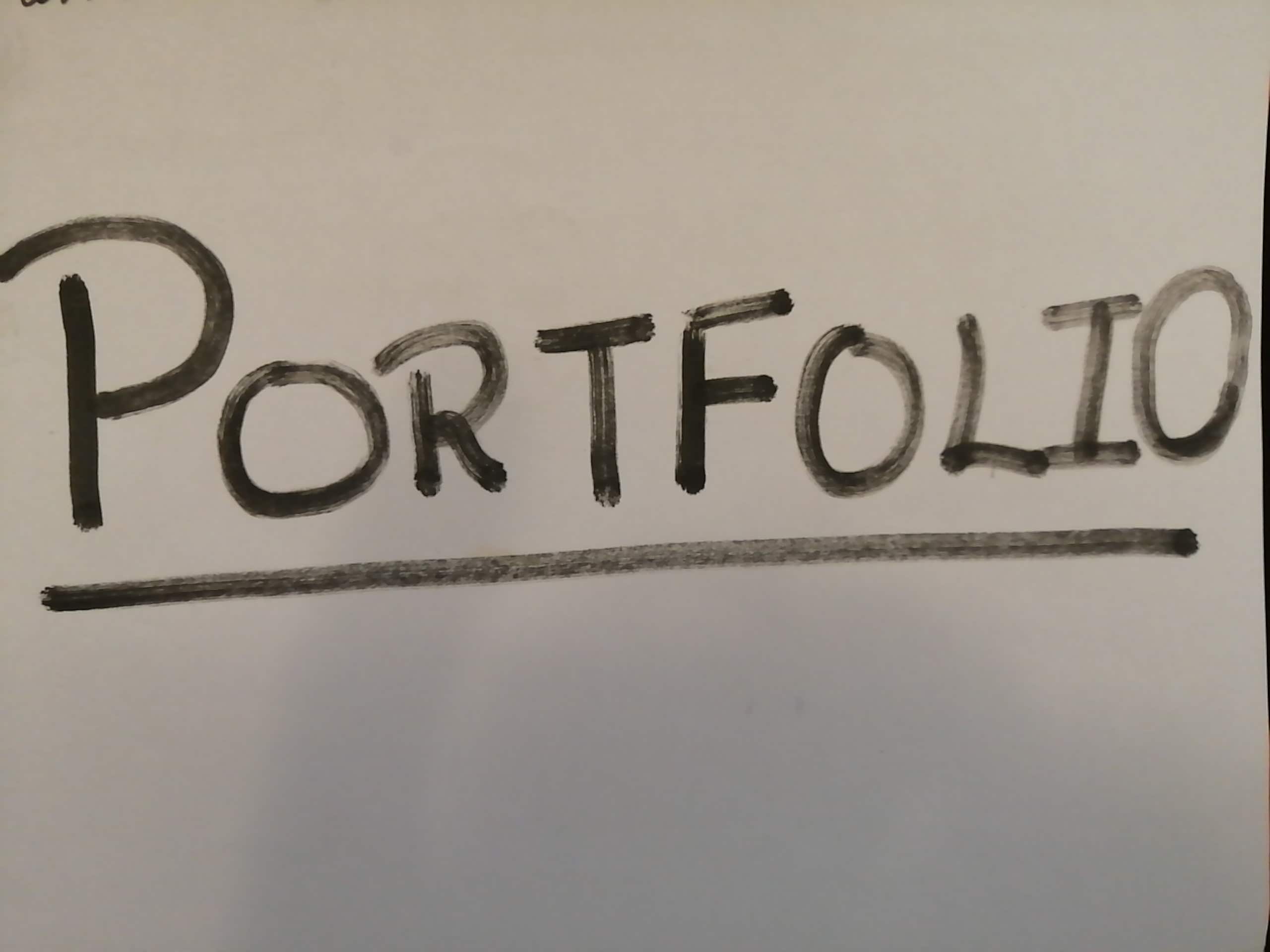Documenting Portfolio

Sections Inside Portfolio:
Whole portfolio can be divided into three parts:
- Beginning - Problem Statement
- Middle or Process (UX Deliverables)
- Reflection on the process
Documenting Beginning of Case Study
Guidelines: UX Case Study tells a story, a story based on an Idea. Start with a question
Divide the beginning into three parts:
- About Project - Problem Statement
- Goal
- My role until the end - Max 4 -5 Sentences
Here is my attempt to document the beginning section of the portfolio:
Problem
Why are people not giving time to there fitness despite knowing it could be damaging to there health? Is there a truth in the reasons given by a busy person who chose not to exercise? MyFitnessStory is a journey to find out what is stopping us from not paying attention to our health.
Solution
Took a human centred design approach i.e. Design Thinking navigating stages by stages to create a solution.
Goal
Drove the whole case study by recruiting participants, scheduling interviews, defining problem statement, ideating, selecting ideas, testing them with a Prototype. It’s a self-driven learning project.
Overall
Here I have documented the beginning section of the case study. It comes to 6 sentences which is one sentence extra than what is suggested. At this point, I am not sure what can be taken out so leaving this as is.
Documenting UX Deliverables
This is the section where I will be judged on the process I have undertaken and why I made decision in certain way. How did I decide between two different choices. How did I involve Users and how did I carry out my tests.
As I understand Text plays a bigger role than Visuals. Its like Visuals will support the text. Use core elements of design thinking as steps to outline the case study. I used Canva.com to create persona below, in case you know a better tool please comment.
UX Projects do not follow a linear methodology, but for the purpose of this case I am describing the work done during different phases in a linear structure below:
Empathy
I recruited four users for my case study. Before conducting interviews I developed an Interview guide. Apart from relying on my Interview guide, I asked questions spontaneously as well to understand the reasons behind what a participant is saying.
Here is a persona I developed as part of the Empathy phase:
After every Interview, I handed over probes to users. These are the probes I developed:
#1. Create a daily Timeline.
#2. Click pictures of what motivates you to do exercise.
#3. Create a Stop Doing List.
2 out of four participants replied to probing kit and mentioned that they can figure out where their time is getting wasted. Here are the two culprits identified :
#1. Morning time - It’s not efficiently utilized.
#2. Time spent on mobile - This was revealed when one of the participants was asked to create a stop doing list.
Another outcome from probes was that people get motivated to exercise when they see photos of fit people on there Instagram feed.
With this much data I got out from my participants it almost felt like this case study is going no where because every one has different reasons. At the end of Define phase I felt magnified and zoomed into the problems of my users.
Define
I took all the data collected from the Empathy phase and create an affinity diagram.
TODO : Picture of Affinity diagram
Major themes of Affinity Diagram in priority order:
- Blockers for Exercising
- Triggers/Reminders for Exercising
- What helps for fitness
- Make exercise Interesting
- Why Exercise
I created an Empathy Map by capturing data from major themes collected in Affinity diagram.
I translated Empathy Map to “User Needs”
Selected most important needs and developing a point of view:
I converted POV to how might we questions:
Ideate
Started off this phase by “Generating Worst Possible Idea” .
Turning Bad Ideas to Good One

The second Ideation technique I used is “Challenge You Assumptions”

Converting Challenges to Ideas
Selected two Ideas and applied SixThinkingHats to select one of them
Winner Idea: Sharing Stories of how people became fit despite being busy.
WAIT! WAIT! WAIT!
After writing all this I have a realisation that writing will not help here. Instead a paper prototype will be a better choice.
I went ahead and converted all this text written into a paper prototype and sticked it together. This is how it looks like:

Creating a paper prototype turned out to be a better decision because now I can visualize what kind of experience I can give to users.
Now my brain is sparked with ideas, I am thinking of how cool I can make it. These arrows can come together to create a story.
NEXT STEPS
I have an image in my mind how it should look like in the sense of interaction. But I need to find ways to make it real. So next week i.e. 52 which is the last week of the year I will try to implement this.










